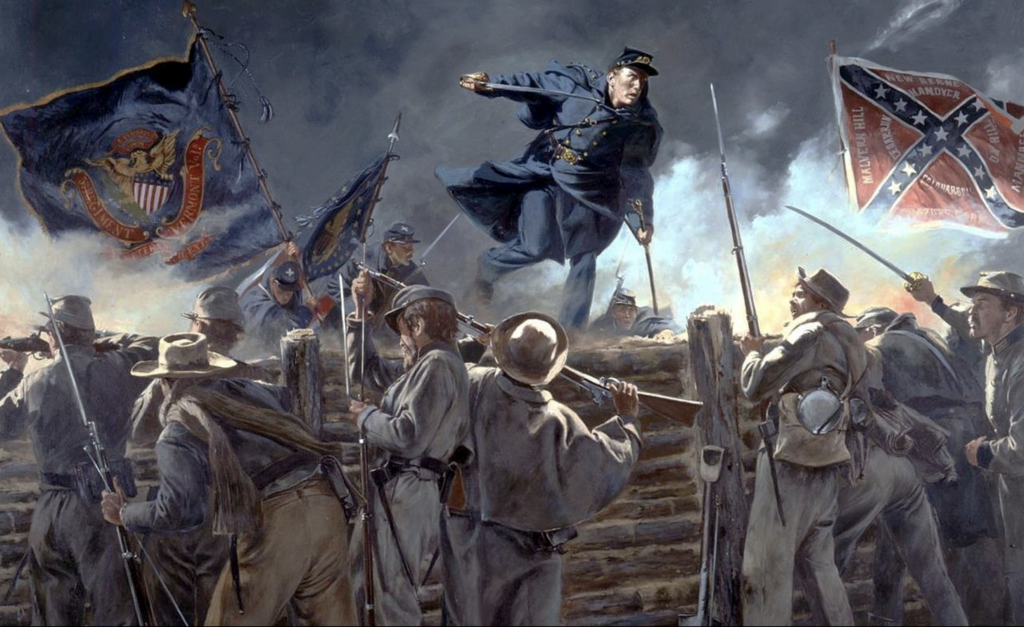In the predawn hours of April 2, 1865, 14,000 weary, cold, and anxious soldier of the US 6th Corps marched out of their works near Forts Fisher, Welch, and Gregg. Their orders came the day before from General Ulysses S. Grant in the wake of the victory at Five Forks. A general assault along the entire lines began, intent on finally breaking the lines defending Petersburg.
Less than a mile away, the pickets of Brigadier General James Lane’s Brigade sat listening to a commotion coming from their front. Considering the activity of the Federal troops over the past week, the North Carolinians began to fire into the darkness. Federal troops laid in wait for the signal to begin their assault. Minutes crept to hours, and finally, just as the first light of day began to poke through the “pitchy black,” the signal rang out from Fort Fisher.
With a shout, the 14,000 6th Corps veterans sprang forward and swept away the thin line of pickets. After firing a volley, those Confederates rushed back to their lines, where the rest of Lane’s 2,800 men readied themselves. As the Union troops drew closer, rifle and artillery erupted from the seemingly impregnable defenses. Fighting against a ratio of five to one, and with the swiftness of the attack, Lane’s men soon gave way this blue tide. General Robert E. Lee’s lines finally broke, too much ground taken, and too few men to attempt any counter attack. The 6th Corps continue their attack by guiding on the Confederate works towards Hatcher’s Run. After making contact with Major General John Gibbon’s 24th Corps, the Federals halted, readjusted their lines, and started their march towards their ultimate goal: Petersburg.


